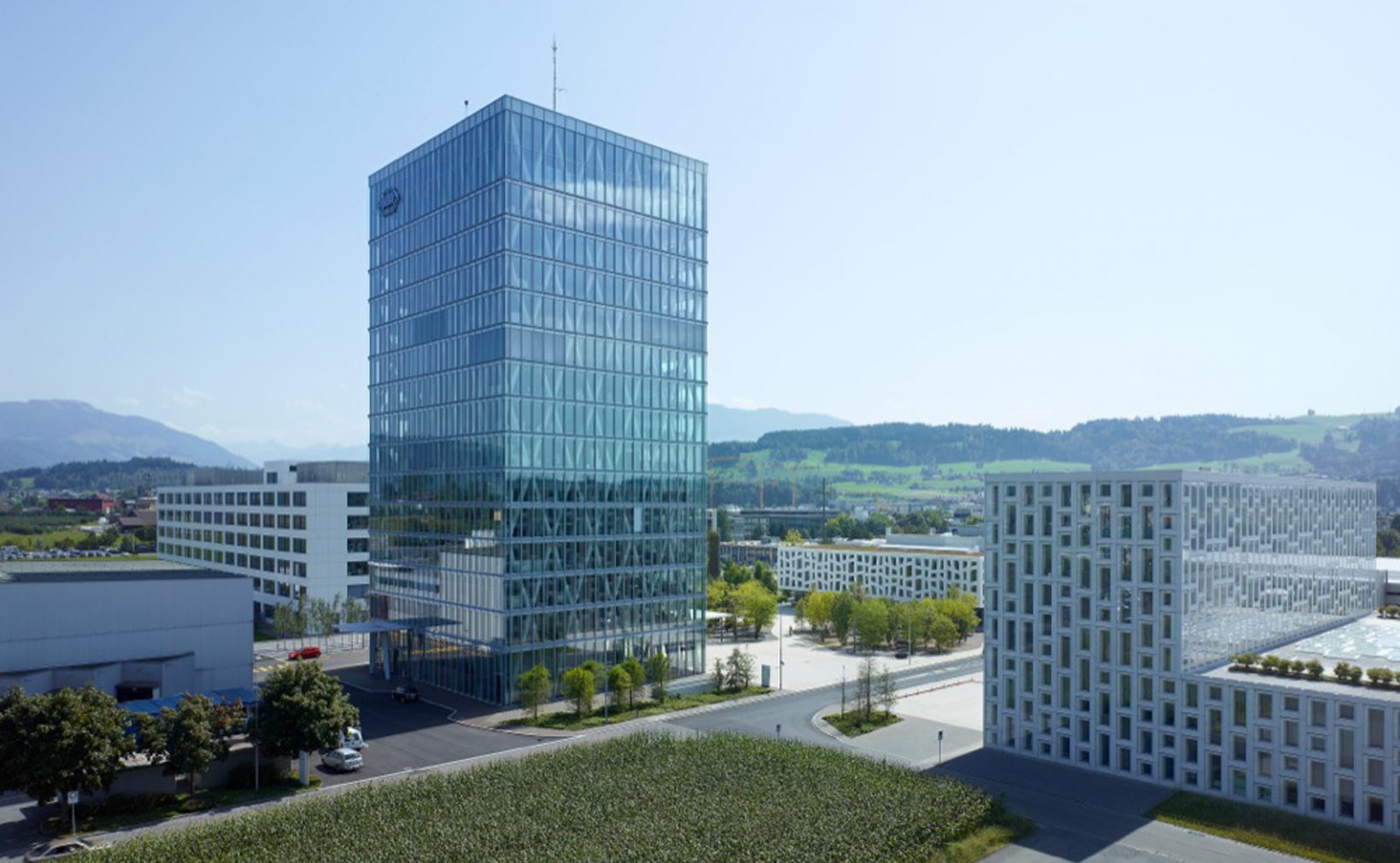
Connecting spaces
Diversity of characters and functions that feel part of a whole.
In an organic environment, every place is unique, and the different places also cooperate, with no parts left over, to create a global whole - a whole which can be identified by everyone who is part of it.Christopher Alexander - Architect and design theorist
The parts and the whole
A site should be experienced and understood as a cohesive entity. The spatial organization defines a sequence of spaces that respond to the site’s morphology, structure, and function, and have an appropriate size. Connecting these spaces through intuitive wayfinding promotes movement, which, in turn, encourages the cross pollination of ideas.
Consistent and cohesive
During the planning phase, using formal composition studies and functional diagrams to analyse the relationship of spaces and movement, as well as the visual connections between them, is helpful to achieve a more comprehensive spatial design.
Determine the overall spatial arrangement or structure first, and later define the plants and elements that will reinforce the spaces created.
Keep in mind:
- Scale and integration level are a priority.
- Consider the site’s land and use, type and scale, and number of employees, as well as the exterior program.
- Integrate the volumes of the buildings with the landscape and infrastructure.
- Reflect the site’s typology and the building’s program.
- Define the level of formality, visibility, investment, and maintenance.
- Maintain consistency in the use of materials, objects, and planting throughout the site.

Space character
Define spaces according to their specific function and location in the site and in relation to the buildings they give support to, such as the plaza, perimeter, courtyard, patio, promenade, etc.
- Frame relevant views, like a main access, a landmark, or a landscape reference.
- Design an assemblage of related smaller spaces, which belong to a larger whole, rather than one over-sized area, as the first feels more inviting.

Boundaries and limits
React to the site’s different boundary conditions.
- Think of the effect of the sky, seen through trees of high trunk and whose foliage forms a green vault.
- Consider the effect created by using shorter trunks and dense foliage trees to delimit exterior spaces.
- Control views by utilising vegetation as a screen to visually block unattractive elements, such as service areas, maintenance volumes, or parking areas.

Meaningful use of trees
Considering the appearance, present size, future growth, and the scale of vegetation, select tree species and locate them with the following criteria:
- To establish relationships between the building, the site, or other nearby buildings.
- To delimit boundaries or areas.
- To protect from the wind, dust, solar radiation, and noise.
- To direct pedestrian circulation.
Key to Connecting spaces
- Sites should be experienced and understood as a cohesive whole.
- Plan a consistent articulation of spaces.
- The character of spaces is defined according to their specific function, location, and relationship to buildings.


